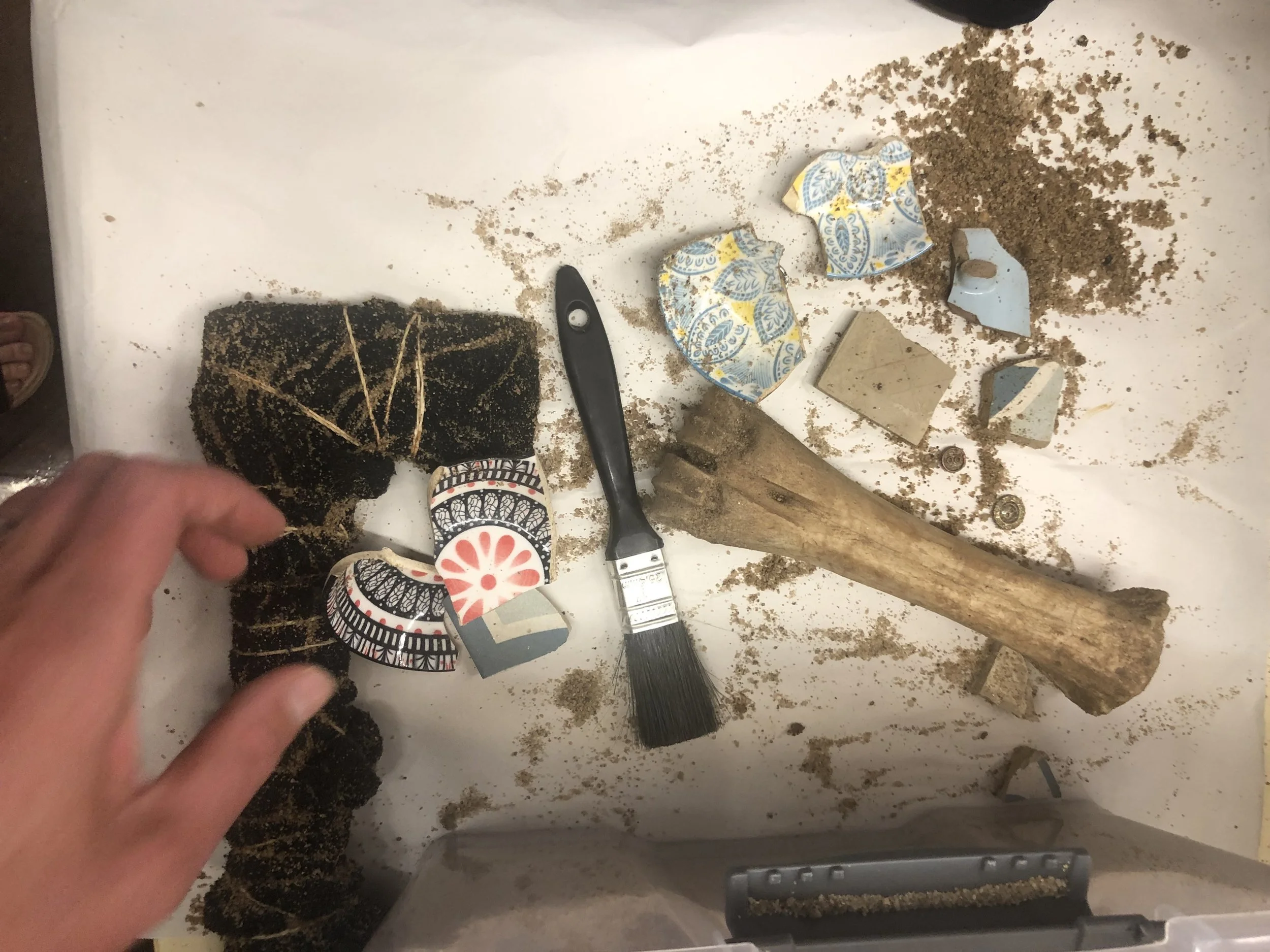DEVELOPING STUDENTS' 4Cs CAPABILITIESTHROUGH COVERT ACTION!
Developing Student 4Cs Capabilities Through Covert Action!
A 4CTL Case Study from St Stannislaus College, 2022
4Cs-Reluctant Year 10 Boys Learn
How They Use The 4Cs Innately
As told at our Nov 2022 Network Days Event, by teachers from ST Stannislous College, Bathurst.
Often, when we begin talking about the 4Cs with our older students, they groan! Talking about the four Cs capabilities makes these students uncomfortable, so it’s not popular. We believe we’re required to be creative ourselves, in order to continue enabling explicit student learning of the 4Cs, while not being overly direct. So we are learning to embed the 4Cs in different ways in our learning design.
Here’s one example of how we’ve achieved this.
STARTING WITH STUDENT INTEREST
Through discussions with our Year 4 students, it became clear that one topic of very high interest was dinosaurs. Behind our school we have an archaeology dig site, but alas, we could not secure the safety requirements necessary for excursions to the site.
So we decided to integrate the development of an activity around this topic with Year 10 student learning goals in a creative activity.
WE ENGAGED YEAR 10 STUDENTS
We gave our Year 10 students the challenge of developing a learning experience around the topic of archaeology for Year 4 students. They’d have three lessons in which they could develop the activity.
The students came up with the idea of using big plastic tubs, into which they’d place sand and bury historic items for the Year 4 students to dig up.
They chose any historical period they found interesting, and determined the artefacts that would be buried to represent that era. The Year 4 students would then do the “archaeological dig” to uncover these items and have to determine the era from which the items came.
USING CRITICAL REFLECTION TO HELP STUDENTS SEE THEIR OWN USE OF THE 4Cs
From this activity, teachers devised worksheets for the Year 10 students.
Rather than saying this was a 4Cs activity, students simply had the activity presented to them. They retained complete ownership over it. Then when teachers created the reflection worksheets, they included the 4Cs in it. Worksheets showed students how they had naturally engaged in collaboration, creativity, communication and critical reflection in the development and implementation of the activity. This allowed the Year 10 students to perceive the 4Cs capabilities as being more authentic to them, as processes in action.
To further increase the Year 10 students 4Cs learning from this activity, they were then asked to develop reflection worksheets for the Year 4 students, who would be digging in their tubs. These included instruction on finding the artefacts, listing them, what purpose the artefact might have had and trying to infer the era in history from which these artefacts originated.
Because the Year 10 students now understood their own use of the 4Cs in the development of this activity, they could identify how the Year 4 students would also require these 4Cs characteristics in their completion of the activity.
OUR RECOMMENDATIONS
The activity was popular with both the Year 10 and Year 4 students and we’re happy to share this with others who might want to do a similar activity in their school. We do recommend you use 100% building sand, as it won’t contain anything nasty that could derail the success of your archaeology lesson!



